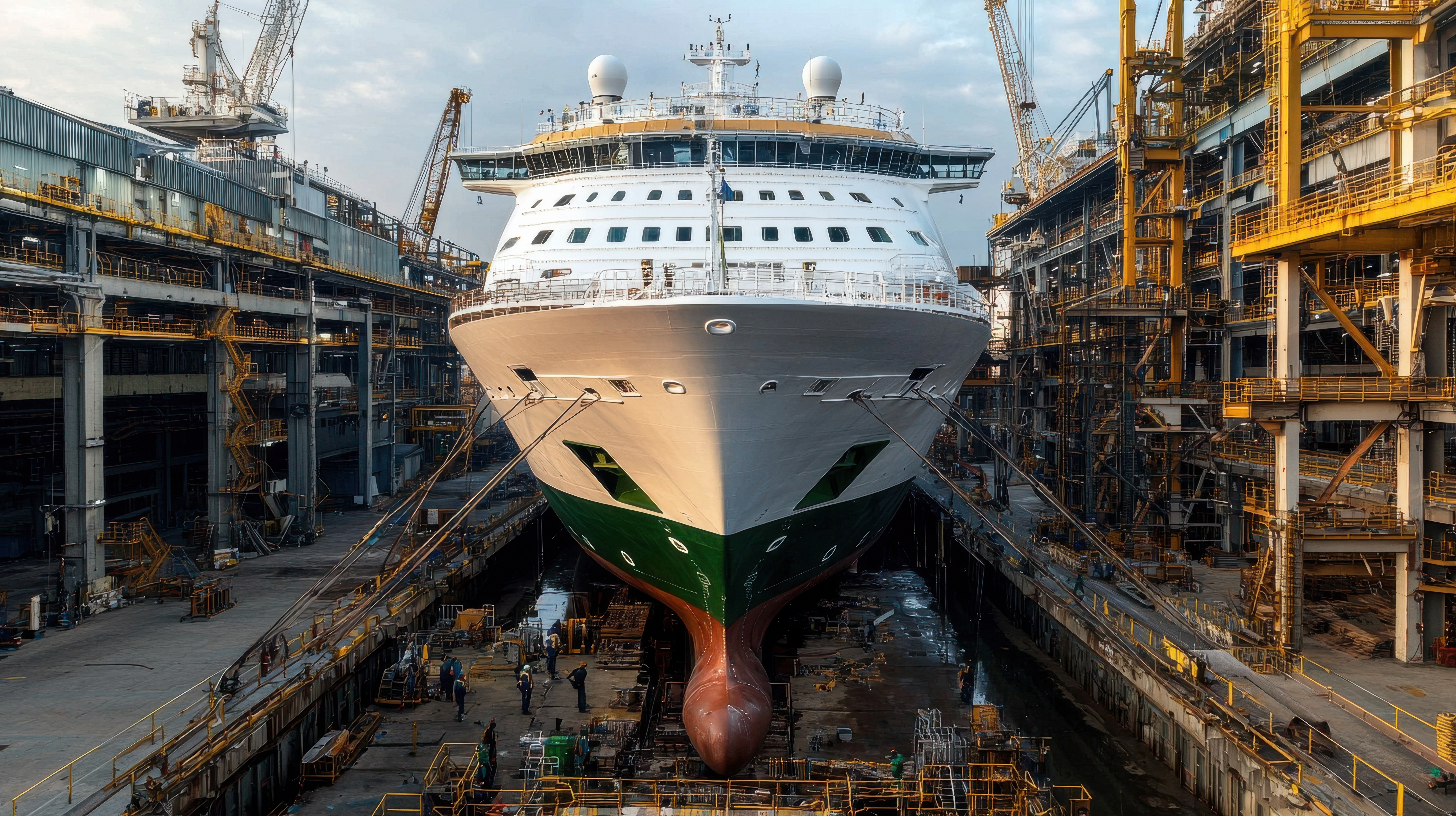Mooring line incidents involving seafarers are a large point of focus for the Club given that such incidents can often cause severe injuries or death and lead to significant claims. These incidents can occur during the handling of mooring lines by crewmembers, or involve lines that have parted or have slipped off of drum ends or bitts. Parted lines normally occur during general mooring, tug and ship-to-ship operations, with equipment failure/misuse and weather also playing a role. Injuries from non-parted lines normally occur due to crew being caught up in lines or lines slipping off and becoming jammed on drum ends during mooring operations. The majority of serious incidents in mooring areas involve parting lines.
In accordance with the International Safety Management Code, every vessel should have a risk assessment for mooring operations, and the company’s expectations with regards to how these operations shall be conducted and documented or otherwise should be made known to the crew.
Ship Safety Assessments
The UK Club’s Loss Prevention department conducts ship Safety Assessments for its Members, with one consideration being whether the vessel’s mooring equipment is of appropriate standards for the undertaken operations. This includes inspection of equipment involved in mooring operations, review of certificates for the ropes, wires and stoppers in use, and review of the schedules for inspection, maintenance and replacement of mooring equipment. The Club’s risk assessors also consider whether basic design factors are appropriate. Factors that are examined include whether there is good visibility from the position of the operator of the winches, use of anti-slip paint, snap-back paint marking for the entire mooring area, use of drip trays around all hydraulic winches, sufficient lighting at night, and appropriate gratings around walkways and winches.
The Club’s Loss Prevention department also analyses mooring line and other incidents to assist Members with trying to avoid future casualties, and produces a series of short ‘Lessons Learned’ videos. One recent video highlighted a mooring accident that occurred when a bulk carrier was discharging cargo alongside a mineral terminal. While repositioning the vessel astern the terminal, using only mooring lines and with the engine on stand-by, the master became concerned that the vessel was developing excessive sternway. On the poop deck, as a seaman tightened up the back spring winch brake and as the strain came on the rope, it parted with one end of the rope snapping back, violently striking the second officer. The injured seaman suffered broken ribs and serious internal injuries.
Preventative measures
As mentioned above, the majority of serious incidents in mooring areas involve parting lines. The Club’s Loss Prevention department identified several practices which could have helped prevent the accident. First, a risk assessment should be performed prior to all mooring operations so that the crew is aware of how the operation will take place, as well as any potential hazards and safety procedures. Next, mooring ropes and machinery should be frequently checked and maintained in accordance with the manufacturer’s instructions. Also, overtightening winch brakes may lead to the mooring rope breaking load being exceeded. Finally, all crew should be aware that the entire mooring deck is a ‘snap-back zone’ during operations and they should keep clear of mooring ropes while under tension.
Given the significant injuries that can result from mooring line incidents, a heavy focus should be placed on safety training for crewmembers, proper maintenance and inspection of mooring lines and equipment, as well as the other methods discussed above.
For further information, please contact the Club’s Loss Prevention department.




